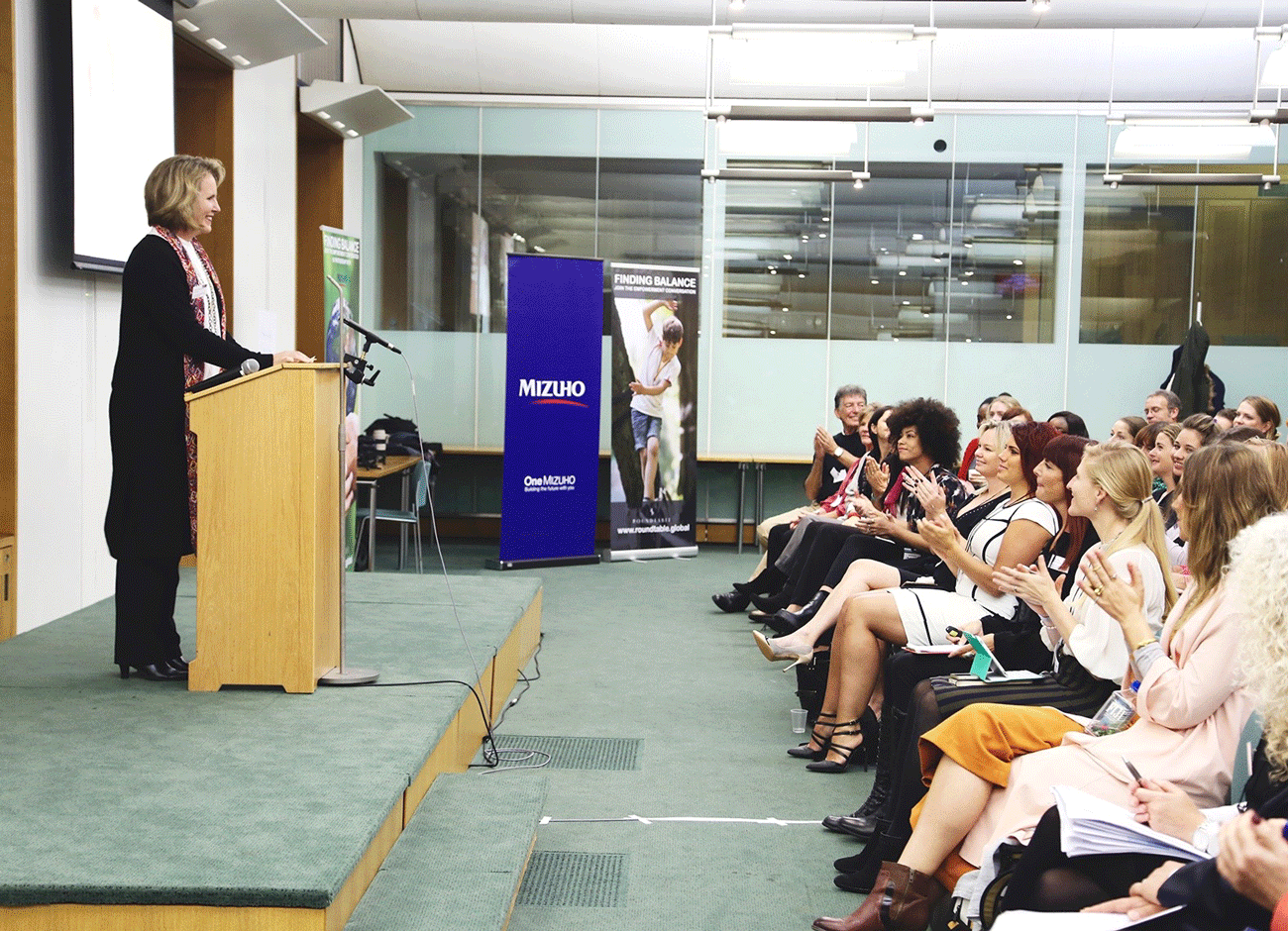DIY Life: Claiming a Seat at the Table

In 2009, the Utah Commissioner of Higher Education asked Susan Madsen if she could help him understand why Utah women were dropping out of college in droves.
Bill Sederburg, former president of Utah Valley University, hoped to tap into her expertise as a prolific scholar on leadership and gender to address women’s challenges in the state.
Madsen, then a professor at UVU, had a sabbatical planned for other purposes that year, but instead spent the time working to answer his questions. Her work soon became a change effort with research, funding, and a website to house her findings. The site grew to include resources to help strengthen the overall impact of Utah women and girls.
Twelve years later, the project has gained so much traction Madsen can hardly keep up with it. Known as the Utah Women & Leadership Project, it moved from UVU to Utah State University’s Jon M. Huntsman School of Business in 2020 in partnership with USU Extension, with Madsen as director.
“I have a strong belief based on both research and my own values that we need to have more women at the table, leading, and impacting to create better lives, better universities, and better businesses, which in turn benefits society as a whole,” she says.
Madsen has worked and presented around the world, including at the House of Commons, the Argentina Parliament, the Lithuania President’s Cabinet, and locations throughout Africa, India, Europe, and the greater Middle East, including Afghanistan. Madsen has observed that leaders in unstable parts of the world feel if they can control women, they can control pretty much everything.
“If women and mothers are educated, we have seen that their children also become educated and don’t become involved with radical organizations like the Taliban,” she says. “Generally speaking, there is a very strong link between the education and confidence of women and the security of nations. That is why this work is so vital. The implications are very far reaching.”
One challenge: The disproportionate impact of COVID-19 on women. The National Women’s Law Center reported that women dropped out of the workforce at a rate four times more than men, likely due to the heavy responsibilities they carried for childcare and homeschooling during the pandemic. A study by McKinsey & Company and LeanIn.org reported that in dual-income households, mothers were three times more likely to bear the main responsibility for housework and childcare.
“For women to get back into the workforce and thrive, it is important that household and childcare responsibilities are shared more equally,” Madsen says. “It is also necessary for employers to be more supportive of the work-life balance of women by providing sufficient paid leave, more schedule flexibility, and better access to affordable, quality child care.”
Madsen’s tips for providing support in homes, the workplace, communities, and society:
1. Get men on board. The more men and women work together in leadership roles, on teams, and in the home, the better off we are as a society. The way we work with our sons and daughters can impact their attitudes about leadership roles. If there is unequal power between partners in the home, there are more negative behaviors, including domestic violence. It’s important to have men on board so they can teach and model awareness, respect, and support.
2. Empower through education. The more education women have, the more options they have to pursue meaningful work that uses their brain, heart, gifts, and talents. Sometimes women in their 40s and 50s need to shift careers, due to COVID-19 or other challenges, and feel they’re too old to go back to school. There is no expiration on getting an education. At whatever age, it prepares women to be more impactful in families, society, in governance, and leading in general.
3. Support Women’s decisions. Women’s work is vital, whether it’s raising children, volunteering in the community, being employed outside the home, caregiving for the elderly, or any combination of these. Every situation is different, and it is important to respect and support each woman’s decision for herself and her family.
4. Instill Confidence. Men and women are socialized to do things differently, and women often don’t think they’re supposed to be confident because it looks cocky. However, it’s possible to be humble and confident at the same time. Humility just means being teachable, it doesn’t mean being small. Socialization is often subtle and includes such things as the either/or mentality – “I’m a mom so I can’t do anything else,” rather than, “I’m a mom AND I can run for office.” We need to instill in women and girls the confidence to be leaders and to use their voices.
5. Review Public Policy. Support policies that lift girls, women, and families – which also includes men. As more organizations embrace flexibility and family-friendly policies, it will create additional opportunities for women’s workforce engagement, advancement, and success, while still allowing women to prioritize their families and other interests.
By Julene Reese ’88
Visit the Utah Women & Leadership Project for more information.





